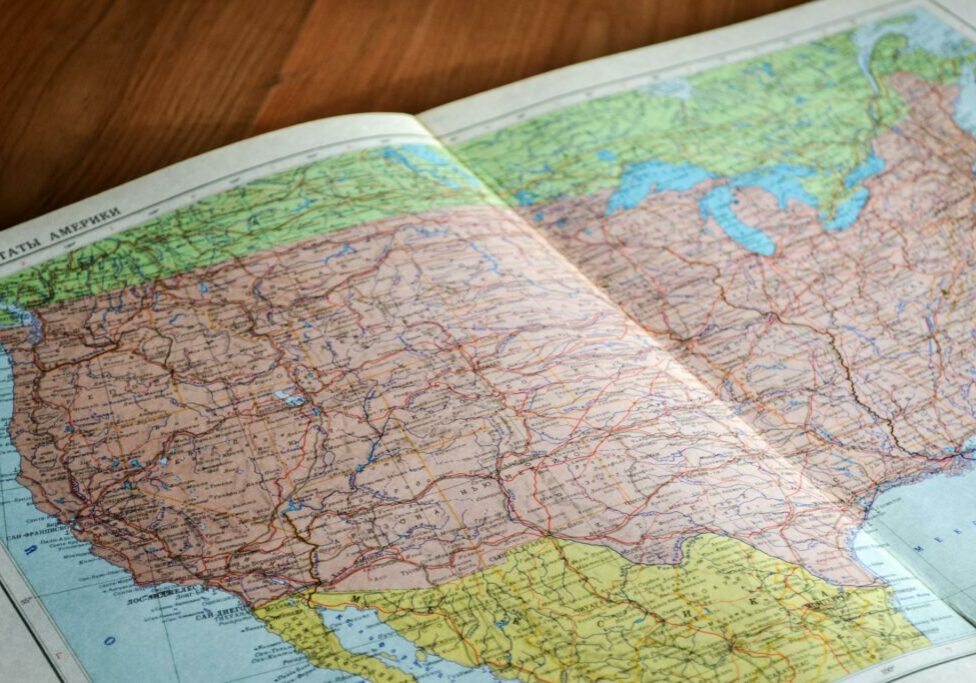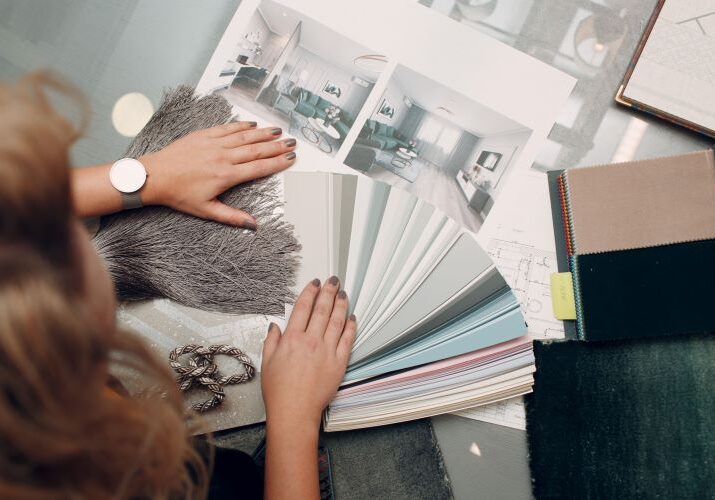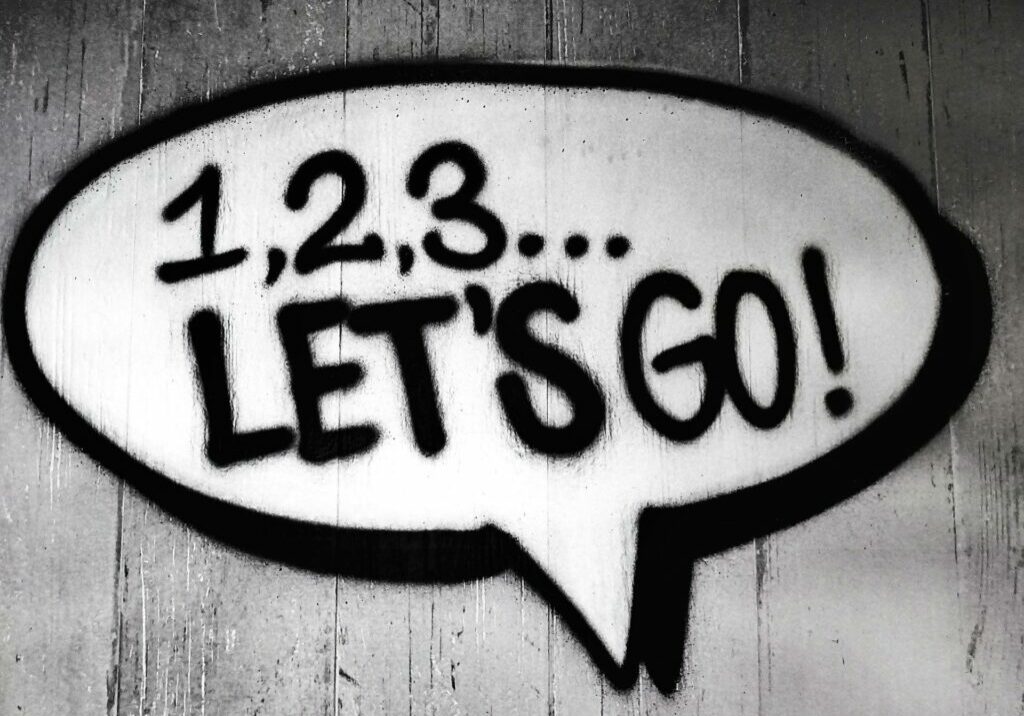As an interior designer, you pour your heart and soul into creating breathtaking spaces for your clients. But in such a visual industry, how do you ensure your brand makes a lasting first impression? A beautifully designed business card is often your first impression, but is it really capturing your brand’s essence and attracting the right clients?
Think of your business card as a mini portfolio, a tiny canvas that reflects your unique aesthetic and design philosophy. A well-designed card can spark conversations, and solidify connections. They show professionalism and demonstrate your commitment to great design. Let’s look at why these small but mighty marketing tools matter, what elements make them effective, and ten interior design business card templates that will help you stand out in a competitive field.
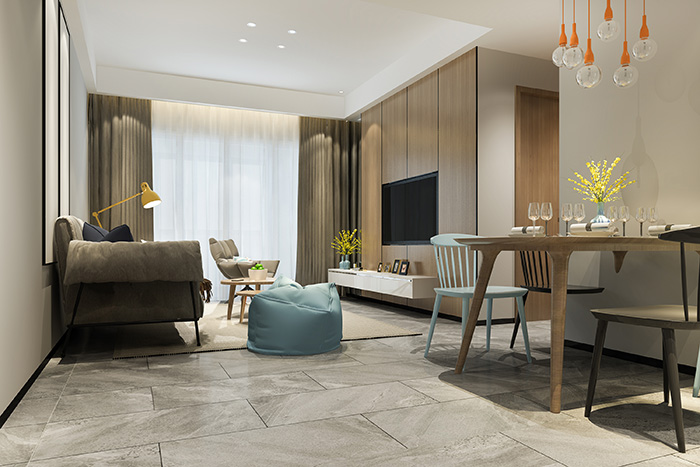
THE POWER OF A WELL-DESIGNED BUSINESS CARD
In the design world, first impressions are everything. Imagine yourself at High Point Market or the Kitchen & Bath Industry Show (KBIS), surrounded by potential collaborators and clients. A generic, uninspired card will get lost in the shuffle. Using interior design business card templates can help you avoid this.
Think about it: when you meet a potential client at a consultation, exchanging business cards is a tangible way to connect. Instead of a hasty scribble on a notepad, you’re leaving a polished reminder of your expertise that stays top-of-mind long after you’ve left the room.
A strategic business card does more than just provide basic information. It’s also about brand identity, creating visual and tactile consistency with your Houzz Pro profile, website, and social media presence.
DESIGN ESSENTIALS THAT WOW
Let’s be honest: you’re a creative visionary, not necessarily a design guru. So, how do you create a card that truly reflects your unique brand and attracts the right clients? It all comes down to understanding these key design elements:
Visual Balance
Just like designing a room, your business card needs a clear focal point and a harmonious balance of elements. Even the most stunning interior design business card templates require careful attention to these details. Use size, color, and contrast to guide the eye to your name, logo, and contact information while keeping the overall design clean and uncluttered.
Typography Matters
Fonts are the voice of your brand. A modern sans-serif font like Montserrat conveys clean sophistication, while a classic serif font like Garamond exudes elegance. Choose fonts that reflect your aesthetic, but always prioritize readability—your contact information needs to be easily deciphered at a glance.
Palette Perfection
Colors communicate powerful subliminal messages. Blues convey trustworthiness, greens signal sustainability, neutral palettes suggest sophistication, and bold accent colors communicate creativity. Select colors that align with your target clientele and the overall mood of your brand.
The Feel Of Luxury
The tactile experience of your card is just as important as its visual design. A flimsy, cheap-feeling card will instantly diminish your brand’s perceived value. Invest in high-quality paper stock and consider special finishes like letterpress, foil stamping, or embossing for a truly premium touch.
Scan To Connect
A QR code can seamlessly connect your physical card to your online portfolio or scheduling calendar. Place it strategically and design it to complement your card’s aesthetic. Many modern interior design business card templates incorporate QR codes seamlessly.
The Essentials
Never forget the basics: your name, title, phone, email, website URL, and key social media handles.
Value Proposition
Consider adding a tagline that communicates your unique selling proposition. What makes you different from other interior designers? What specific problems do you solve for clients?
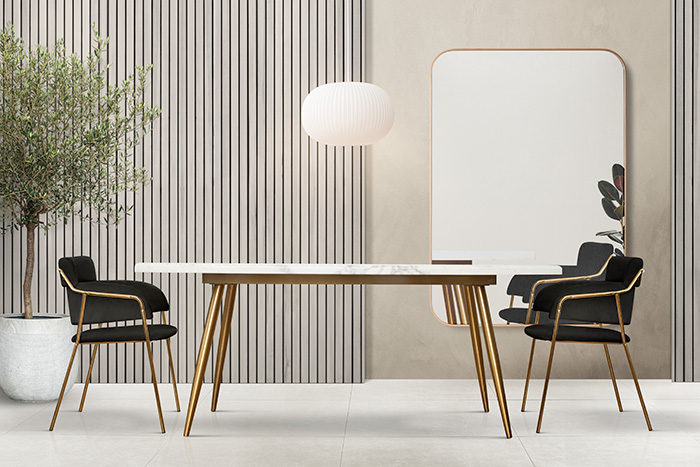
DISCOVERING YOUR PERFECT BUSINESS CARD DESIGN
Creating a business card from scratch can be daunting when you’re already juggling client projects and vendor meetings. Understanding different design styles can help you communicate effectively with your graphic designer or guide your own creative process.There are also many interior design business card templates online that can help you jumpstart the creative process. But here are ten distinctive business card style ideas that make a lasting impression for interior designers:
1. Modern Minimalist
Style Profile: Clean, sophisticated, and timeless
This style features ample white space with black sans-serif typography and subtle geometric elements. The minimalist approach puts your name and credentials front and center, creating an uncluttered, elegant impression.
Best For: Designers who prefer contemporary aesthetics with clean lines and thoughtful negative space.
2. Classic & Elegant
Style Profile: Traditional, refined, and sophisticated
Serif fonts, subtle textures, and a timeless design evoke a sense of tradition and refinement. Consider rich cream cardstock with navy or burgundy letterpress printing for a truly classic feel.
Best For: Designers working with historic properties or established studios with long-standing client bases.
3. Bold & Artistic
Style Profile: Expressive, creative, and distinctive
Geometric shapes, vibrant colors, and unique layouts make a statement and showcase your creativity. This style isn’t afraid to break convention with unexpected color combinations or asymmetrical designs.
Best For: Designers who want to emphasize their creative vision and artistic sensibilities.
4. Watercolor Wash
Style Profile: Artistic, organic, and expressive
A subtle watercolor background in carefully chosen hues creates a soft, artistic foundation for your contact information. The organic, flowing quality suggests creativity and an artistic approach to design.
Best For: Designers specializing in residential spaces or studios that incorporate handcrafted elements into their designs.
5. Luxury & Refined
Style Profile: Premium, sophisticated, and exclusive
Letterpress or foil accents, premium paper stock, and sophisticated typography exude a sense of exclusivity and high-end craftsmanship. Consider gold foil on ultra-thick stock for maximum impact.
Best For: High-end residential designers or luxury commercial specialists targeting upscale clients.
6. Architectural Grid
Style Profile: Structured, technical, and precise
Drawing inspiration from architectural blueprints, this style incorporates a subtle grid pattern with information precisely placed within this framework, communicating attention to detail and spatial understanding.
Best For: Designers with architectural backgrounds or those emphasizing technical precision alongside aesthetic considerations.
7. Material Swatch
Style Profile: Tactile, textural, and material-focused
This clever approach mimics fabric swatches or material samples, with a diagonal cut corner or textural elements that reference the tactile aspect of interior design. Consider specialty papers that mimic specific textures.
Best For: Designers who specialize in material selection or those whose process emphasizes tactile elements and textural compositions.
8. Mini-Portfolio
Style Profile: Visual, results-oriented, and impactful
This style incorporates photography of your work, turning your business card into a miniature portfolio that showcases completed projects. A high-quality image on one side with clean contact information on the reverse creates a powerful impression.
Best For: Established designers with distinctive completed projects or those with highly photogenic work.
9. 3D Space Concept
Style Profile: Innovative, spatial, and conceptual
Using optical illusions, die-cuts, or design elements to create the impression of three-dimensional space on a two-dimensional card demonstrates your ability to think creatively about space—the very essence of interior design.
Best For: Forward-thinking designers specializing in spatial innovations or who emphasize creative problem-solving.
10. Sustainable Materials
Style Profile: Eco-conscious, textural, and principled
This style showcases environmental values through sustainable materials like recycled stocks, seed paper, or other eco-friendly options. The raw, natural quality of these materials creates a distinctive look and tactile experience.
Best For: Designers focusing on sustainable practices or studios that emphasize wellness and environmental responsibility.
LEVEL UP
Just some extra tips and advice on designing a really good quality business card:
- Font Mastery: Don’t just pick any font – choose fonts that speak to your brand. Pair a bold, attention-grabbing font for your name with a more legible font for contact details.
- Image Quality: If using images, ensure they’re high-resolution and professionally shot. A blurry or pixelated image instantly detracts from your credibility.
- Brand Cohesion: Your card should be instantly recognizable as belonging to your brand. Use the same logo, colors, fonts, and aesthetic as your website and marketing materials.
- Proofreading: This may seem obvious, but it’s crucial to carefully check for typos. Even a small mistake can impact your perceived professionalism.
- Second Opinion: Before sending your design to print, ask a trusted colleague to review it. Fresh eyes often catch mistakes or offer valuable suggestions.
- Think Outside the Rectangle: Experiment with different shapes like squares, circles, or die-cuts that reflect your creativity.
- Special Finishes: Add texture and dimension with letterpress, foil stamping, embossing, or spot UV coating.
- Premium Paper: Upgrade to thicker stock or textured paper for a more luxurious feel that communicates quality and sophistication.
- Partner with a Pro Printer: Choose a reputable printing service that specializes in high-end cards to ensure precision and attention to detail.
- Handwritten Notes: Consider adding space for personal, handwritten notes to create a warm and memorable connection.
BEYOND THE BUSINESS CARD
A stunning business card opens doors, but a solid financial foundation keeps them open. Implementing strategic ways to build a profitable design business is essential for long-term success in the competitive design industry. Are you confident you’re maximizing profits, managing sales tax complexities (especially in states like California, New York, Texas, and Florida), and making data-driven decisions?
Logistis is more than just bookkeepers; we’re your financial partners, fluent in the language of interior design. We offer tailored services to help you build a thriving business:
- Financial Clarity: Understand your key performance indicators, profit margins, and cash flow to make informed decisions.
- Strategic Pricing: Optimize your pricing to boost profitability while maintaining your competitive edge.
- Sales Tax Expertise: Stay compliant with ever-changing sales tax regulations, minimizing risks and maximizing savings.
- Streamlined Accounting: Get the most out of QuickBooks Online with our setup, training, and ongoing support.
- CFO-Level Guidance: Gain insights and strategies from experienced CFOs to drive sustainable growth.
We’re passionate about empowering interior designers to achieve financial success. Let us handle the numbers so you can focus on what you love: creating exceptional spaces.
Ready to transform your passion into profit? Schedule a free consultation with Logistis today!
FAQs
Why is a business card important for an interior designer?
It’s a tangible representation of your brand, leaving a lasting impression and providing essential contact information to potential clients.
What should be included on an interior design business card?
Your name, title, contact information (phone, email, website), logo, and potentially a tagline or QR code.
How can I choose the right font for my business card?
Select fonts that reflect your brand’s aesthetic (modern, classic, etc.) and are easy to read at a glance.
What is the best paper stock for a luxury business card?
Opt for thicker cardstock with special finishes like letterpress, foil stamping, or embossing for a premium feel.
Should I use a QR code on my business card?
Yes, a QR code can seamlessly link to your online portfolio, website, or scheduling calendar, making it easy for potential clients to connect.
How do I choose colors for my business card?
Select colors that align with your brand identity and evoke the desired emotions (trustworthiness, creativity, sophistication, etc.).
What are some popular styles for interior design business cards?
Modern minimalist, classic & elegant, bold & artistic, watercolor wash, and material swatch styles are all effective options.
Where can I find interior design business card templates?
Online graphic design platforms like Canva, Vistaprint, and Moo offer a variety of customizable templates.
Can I create a business card that reflects sustainable values?
Absolutely, use recycled paper stocks, seed paper, or other eco-friendly options to showcase your environmental commitment.
What should I do to make my business card stand out?
Consider unique shapes, special finishes, and a design.
Share On:

